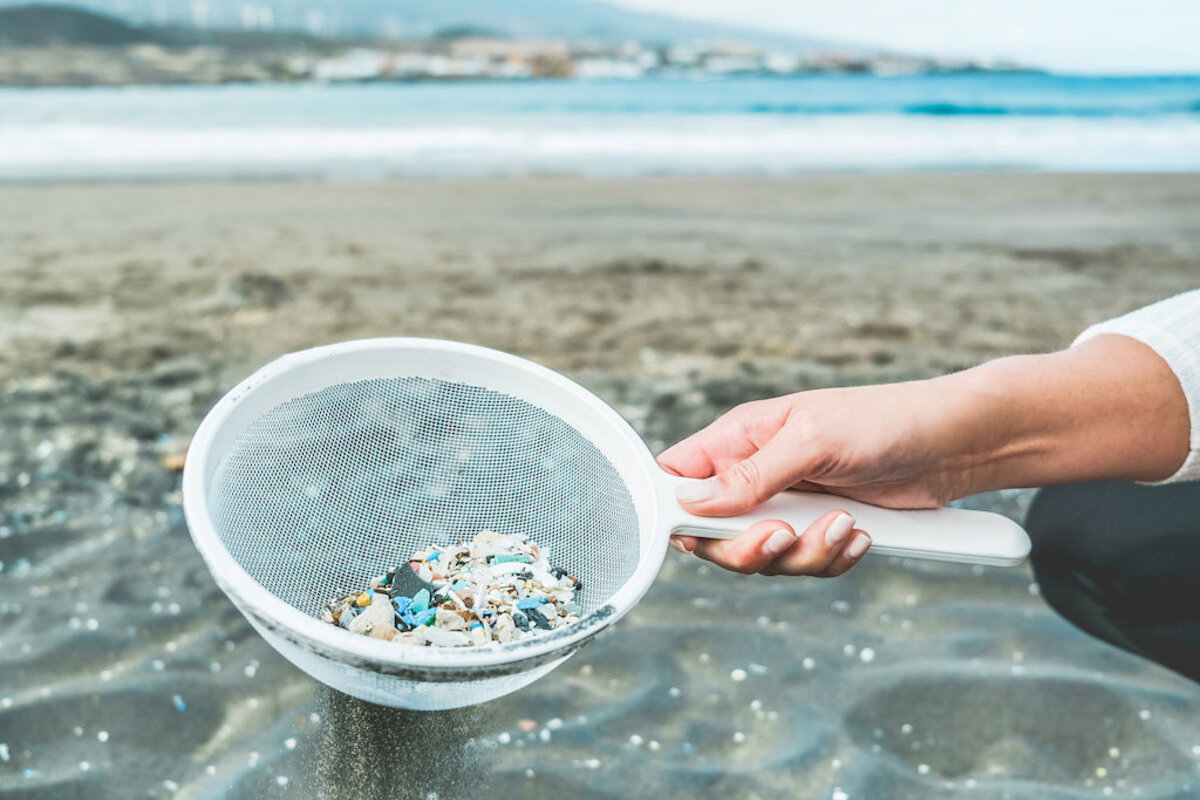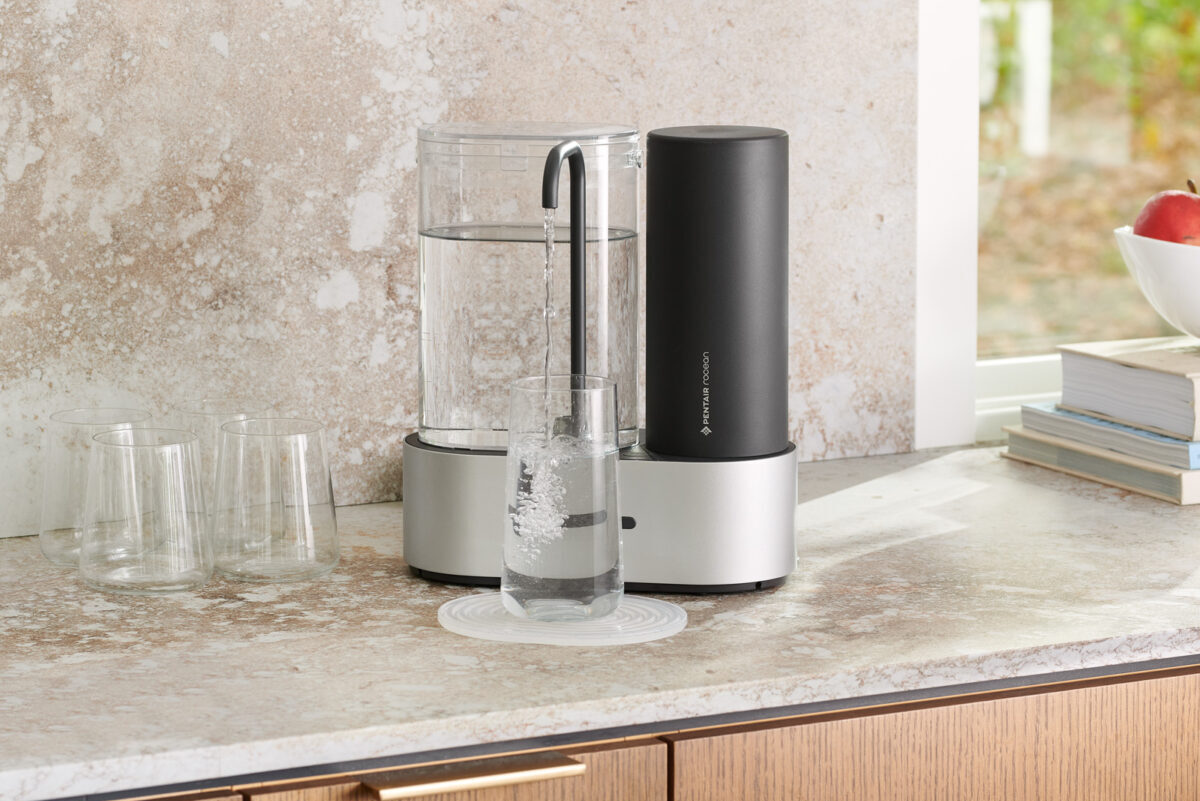The Numerous Types of Plastic Contamination

Plastic is everywhere. It’s used in homes, restaurants, hospitals, and even in construction and manufacturing. Although it might have a lot of benefits, there’s no denying that it’s harmful for the environment.
However, it will take time for large corporations and politicians to make the required reforms to eliminate plastic pollution. While we cannot force them to work quicker, we may influence progress through our purchasing power.
The majority of customers are aware that plastic and plastic pollution is harmful to the environment. Fewer would be able to identify that risk, and even fewer would be able to identify varieties of plastic other than single-use.
Understanding the many sorts of plastic pollution might lead to sensible remedies that you can adapt to your daily life. We may make more ecologically responsible decisions and improve our lifestyle with new information.
Microplastics
Plastic breaks into tiny particles as it expires. These microplastics are less than 5 millimeters in length and are difficult to perceive with the human eye.
Small marine organisms that are capable of digesting these tiny plastic particles mistake them for food and suffer. This condition harms species at the bottom of the food chain and impacts just about everything, all the way up to us.
According to the latest report, polyester is responsible for three-quarters of Arctic microplastic contamination. Thus, one of the most effective strategies to reduce microplastics is to choose clothes more sustainably.
Nano plastics

Nanoplastics are microplastics that have been shrunk in size to less than 100 nanometers. This sort of plastic is microscopic enough to make contact at the cellular level with humans, pets, and vegetation.
Scientists are investigating the effects of nano plastic exposure, but research is still in its early stages. The most straightforward strategy to help minimize nano plastics in our surroundings is to address the source: single-use plastics.
You can also use an air filter intended to reduce nanoparticles and hoover more regularly to improve your air quality. You might also be more conscious of plastics in contact with your meals. Plastic wrap can also contain these tiny particles.
Single-use plastics
Straws, fast food packaging, cup tops, shopping bags, and plasticware are typically items you encounter every day. These plastics are polluting the seas and endangering marine life.
As frightening as the plastic plague may appear, you have the power to make a difference. Simple changes like utilizing reusable bottles keep more plastic out of dumpsters as well as the ocean.



